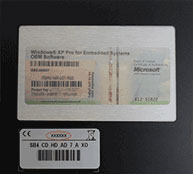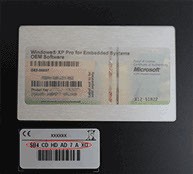As the tablet market sees a drop in 8%, the panel PC looks set to satisfy the required performance and capability, whilst maintaining portability.
Power
Whilst tablets offer a convenient hardware/software combination for home use, they lack performance and capability in a business environment. Panel PCs provide expected portability alongside hardware capable of handling multiple, resource-hungry software at any one moment, including a trusted OS like Windows, without degradation in performance.
Depending on hardware, they can run anything from standard word processors to high-powered video editing software. Panels come in a range of screen sizes, from 5.7” to 22”, but it is important to remember that whilst screen may affect cost, it won’t impact performance. More powerful graphics cards (GPUs) will see a rise in price, but the better handling of resource-hungry software.
Practicality
As touch-screen technology has evolved, so has the application of this technology. Multi-touch allows for optimal usability whereby the human hand becomes an extension of the device. Swiping, pinching and rotating fingers allow for dynamic and targeted manipulation of data and figures.
Single-touch remains available for simpler and cheaper touch-screen requirements. Indoor and outdoor screens are available depending on business requirements, with the former focusing on static imagery not exhausting the eyes over long hours, whilst the latter displays text and images clearly under sunlight.
Functionality & Lifespan
Panel PCs extends beyond their business functionality as devices that are varied and customisable to suit professional needs. Fanless panels are available for users that desire quieter, slimmer and lighter alternatives.
PCI/PCIe slot extension allows for increased functionality with peripheral plug-ins, such as printers or scanners. Some even offer internal access for maintenance, customisation or upgrading of internal components, allowing for performance improvement.



